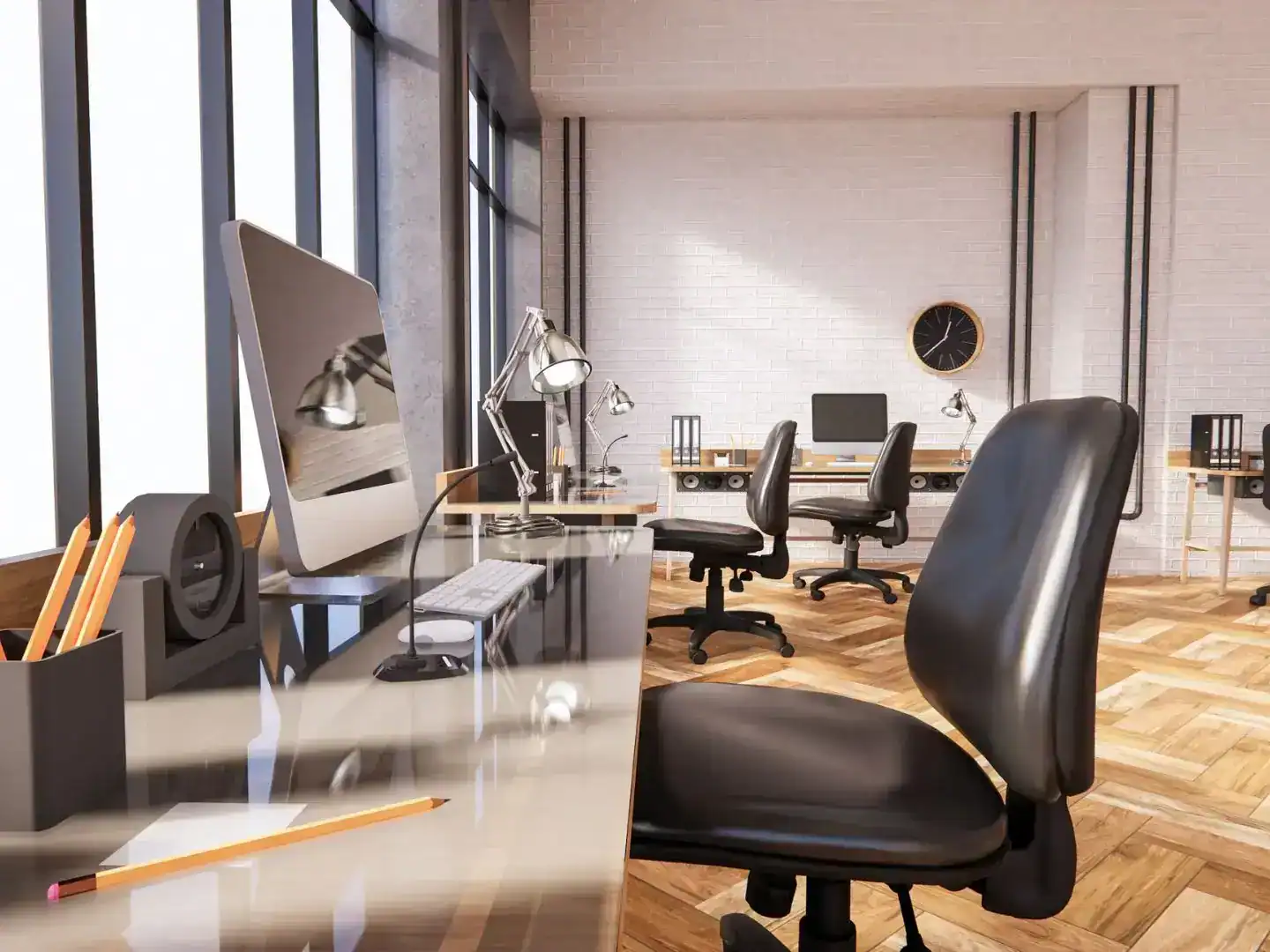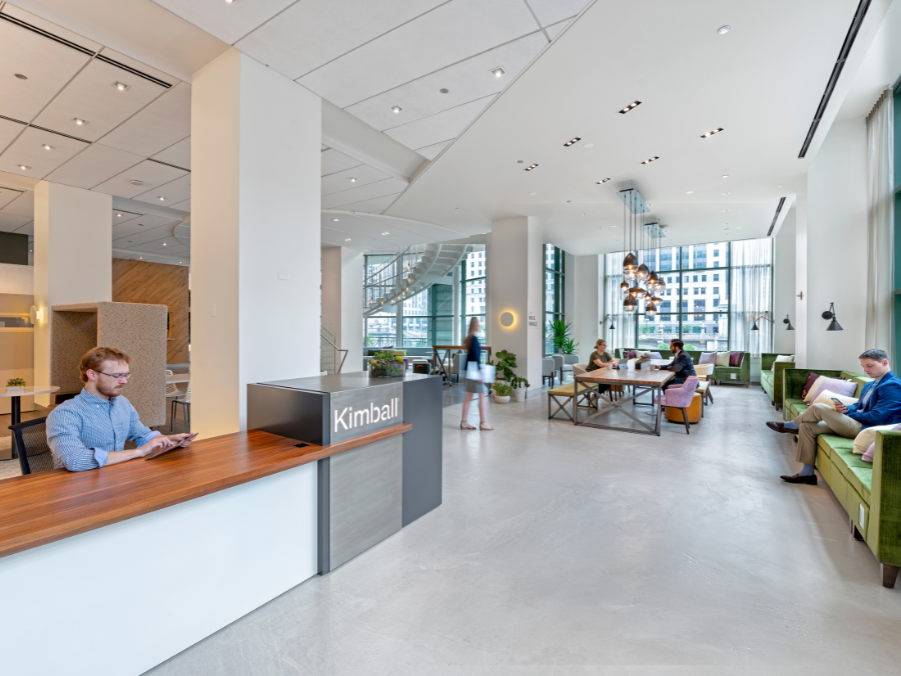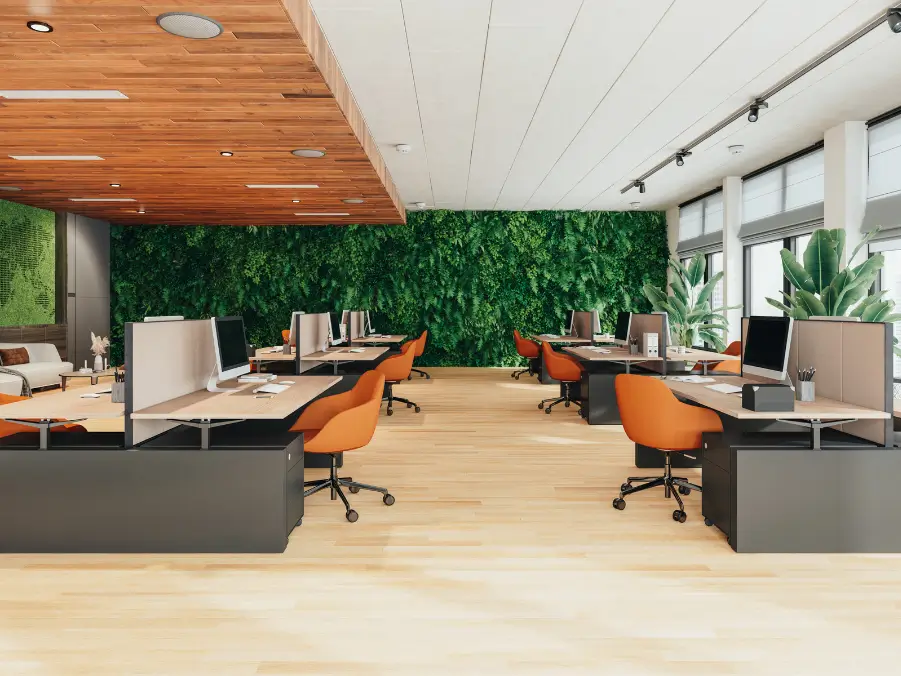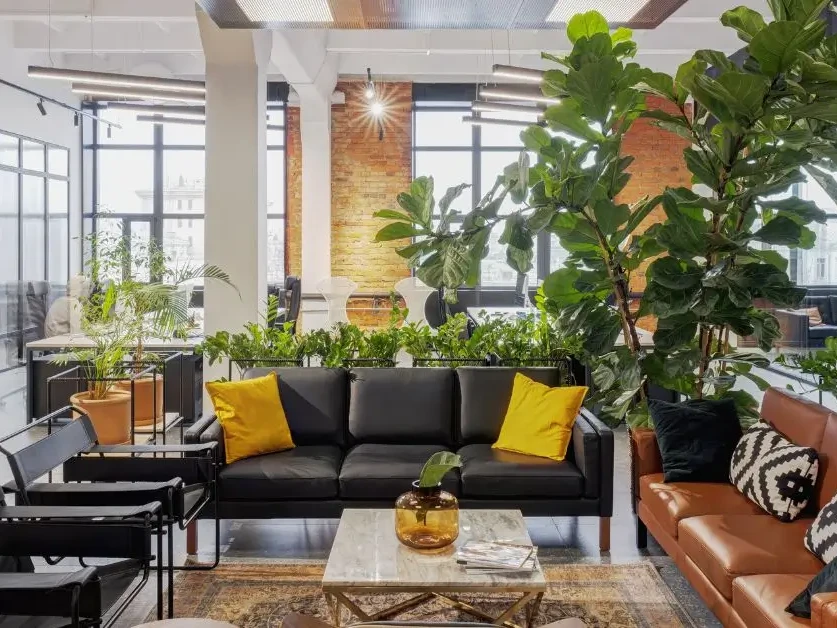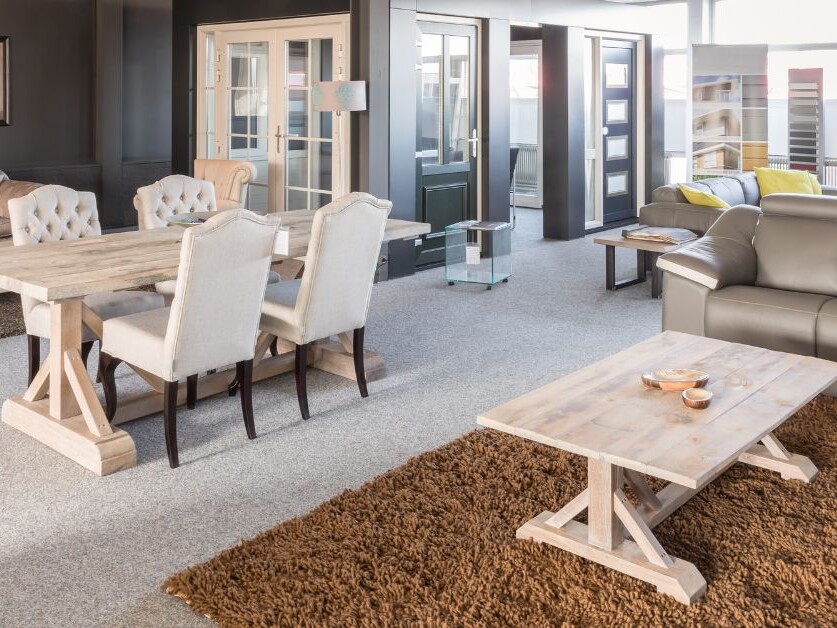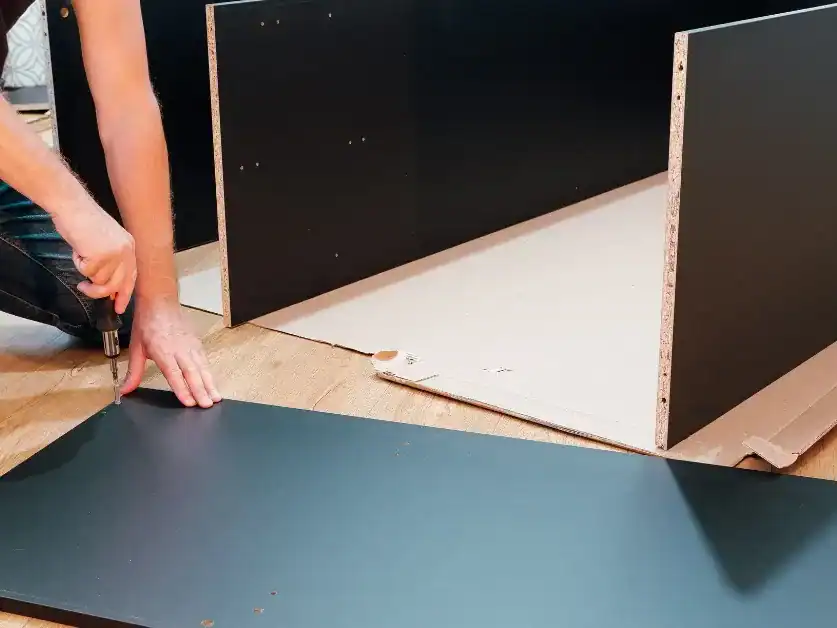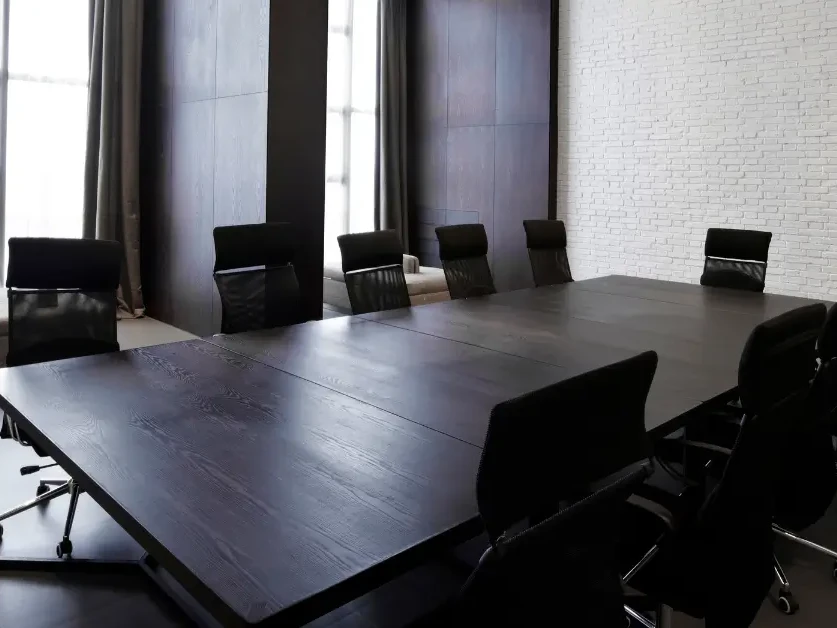The hybrid workplace is no longer a temporary fix — it’s the new normal. For organizations balancing in-office presence with remote collaboration, design plays a central role in creating spaces that are adaptable, functional, and people-centered.
Why Hybrid Office Design Matters
Hybrid models have shifted workplace priorities. Employees need spaces where they can focus individually, collaborate in groups, and connect virtually without distraction. A one-size-fits-all approach doesn’t work anymore. Instead, thoughtful design creates environments that respond to evolving ways of working.
Key Elements of Hybrid Workspace Design
- Flexibility First
Modular furniture, movable walls, and multipurpose zones make it easy to reconfigure spaces as needs change. Flexibility ensures that offices remain useful even as teams grow or work patterns evolve. - Tech-Enabled Collaboration
Seamless integration of video conferencing tools, smart boards, and soundproof rooms ensures remote and on-site employees can connect without barriers. - Focus Areas
Quiet pods, private offices, and acoustically treated rooms give employees places to do deep, focused work away from the energy of collaboration hubs. - Spaces for Connection
From casual lounges to open collaboration zones, hybrid offices prioritize human connection — fostering community and culture that remote work can’t replicate.
The Business Case for Hybrid Design
Research from Gensler shows that employees who have access to both collaboration and focus spaces report higher productivity and satisfaction. A flexible office is also an investment in retention, helping companies attract and keep top talent.
Final Takeaway
Hybrid workspace design is about more than floor plans — it’s about creating environments that support the way people actually work. For organizations looking to adapt, the right design strategy ensures workplaces remain not just relevant, but essential.
Looking to reimagine your workplace for the hybrid era? Connect with Environments Denver to start a conversation about creating spaces that balance collaboration, focus, and flexibility.

